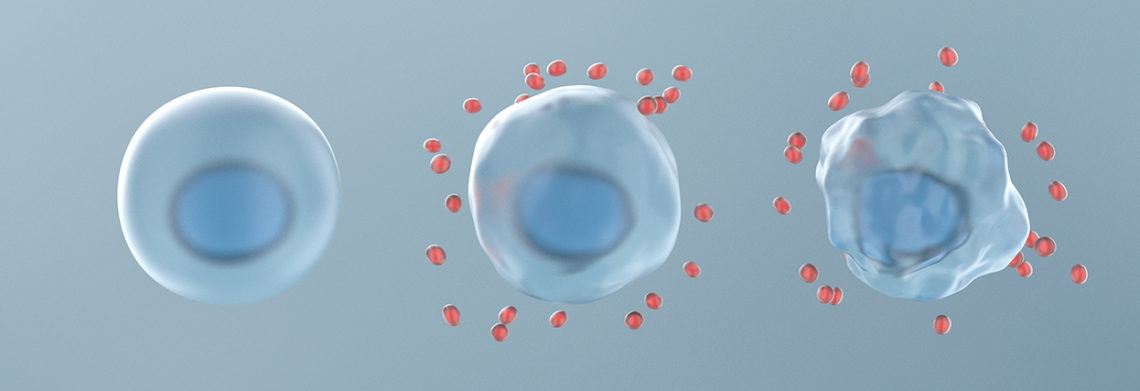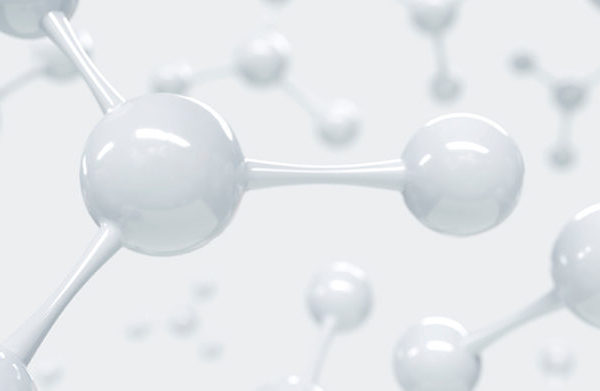
SHA Magazine Health & Beauty
The close relationship between oxidative stress and inflammation
Oxidative stress and inflammation are not synonymous, but we could say that they need each other. Scientific and clinical research shows increasing evidence of critical connections between oxidative stress and the inflammatory processes typical of cardiovascular, rheumatic, degenerative, skin diseases and some types of cancer. All of them tend to present a pro-inflammatory state that contributes to the development of the disease to its more severe forms.
Some external factors may contribute to the development of oxidative stress. For example, inadequate nutrition due to excess calories, sugars, fats, proteins and toxic molecules, or even the insufficient presence in the body of micronutrients, such as active vitamins, minerals, coenzyme Q10, lipoic acid, omega 3 and omega 6 fatty acids, amino acids, and glyconutrients.
Other causes are the inhalation of pollutants or contact with them through food, cosmetics and personal hygiene products; environmental and occupational pollution; or mercury from dental amalgams. Excessive solar radiation, the use of tobacco, alcohol and other drugs and medicines, surgical interventions and aggressive therapies, such as chemotherapy, radiotherapy and dialysis can be other factors causing oxidation. Finally, a sedentary lifestyle and the lack of physical activity also contribute to the formation of an oxidative stress environment.
The excess oxidation-inflammation pattern is evident in many chronic diseases. For example, in obesity, elevated blood pressure, dyslipidaemia (cholesterol, triglycerides), or diabetes.
As we cannot stop breathing or prevent some of the oxygen to oxidise us, the more intelligent approach is to stimulate the presence of antioxidants in the body that are able to neutralise free-radical action and stop the development of those pro-inflammatory environments in which chronic diseases occur.
There are multiple sources of antioxidants, covering a wide spectrum of origins. Some of these compounds are generated endogenously in the body, while others are found in the variety of foods that make up our daily diet or in the food supplements we consume. In addition, both naturally occurring and synthetically produced antioxidants can be deliberately incorporated into foods in order to improve their nutritional profile or to prolong their shelf life, as they possess antioxidant capacity.
However, not all antioxidant substances or compounds have the same ability to neutralise free radicals and, therefore, reduce the inflammation caused by oxidative stress. Selenium, vitamins C and D, and beta-carotene and carotenoid compounds have been proven to work best.
Selenium is a mineral with powerful antioxidant properties which is found in fish, seafood, wheat germ and nuts. It has been found to be an essential trace element in combating oxidative stress, as it assists an enzyme in our body called glutathione peroxidase, which is responsible for protecting the cell membrane from oxidation caused by free radicals.
Beta-carotene is a plant compound that belongs to the carotenoid group and is found in most fruits and vegetables. This plant pigment is rich in provitamin A and has excellent antioxidant properties that prevent oxidative stress, being an excellent ally when it comes to protecting our skin from the free radicals found in tobacco, sunlight and environmental pollution. The foods richest in beta-carotene are carrots, pumpkin, spinach, broccoli, mango, papaya, peaches and loquats.
Vitamin C is another powerful antioxidant agent that plays an important role in numerous processes in the body. Also known as ascorbic acid, it has the ability to reduce the oxidation process of many compounds and acts as a protective shield. A good way to combat oxidative stress is to eat every day foods rich in vitamin C, such as kiwi fruit, pineapple, papaya, spinach, apples and some citrus fruits.
Vitamin E is an excellent antioxidant ally, as it protects cells from any oxidative stress reaction related to fat. Furthermore, it intercepts the attacks of free radicals on the thinnest fat layer in our cells, protecting it from the potential damage from oxidative stress. This vitamin is found in vegetable oils, such as olive oil and soybean oil, and in such foods as almonds, butter and eggs.
Regular intake of antioxidants, regular physical activity, good nutrition and good sleep hygiene are the most effective weapons in the fight against inflammation. Do not forgo any one of them.





